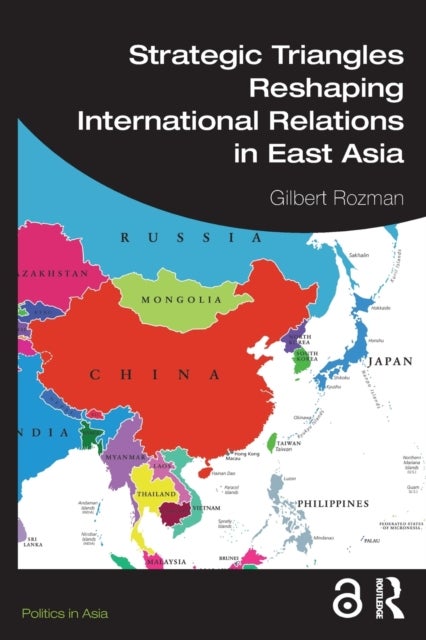
Strategic Triangles Reshaping International Relations in East Asia av Gilbert (Princeton University USA) Rozman
479,-
<P>Rozman shows how East Asia¿s international relations over three decades can be best understood through the lens of triangles, analyzing relations between the key nations through a series of trilateral relationships.</P><P>He argues that triangles present a convincing answer to the question of whether we had entered a new era of bipolarity like the Cold War or an age of multipolarity. Triangulation emerged as a dynamic in East Asia in the aftermath of the Cold War and was accelerated in the course of the Xi and Trump administrations. Even as Sino-US competition and confrontation deepened, triangles had a substantial presence. East Asian triangles share an unusual mixture of three distinct elements: deep-seated security distrust, extraordinary economic interdependence, and a combustible composition of historical resentments and civilizational confidence. The combination of the three makes the case for triangularity more compelling, Rozman argues. The legacy of communism, the pursuit o








